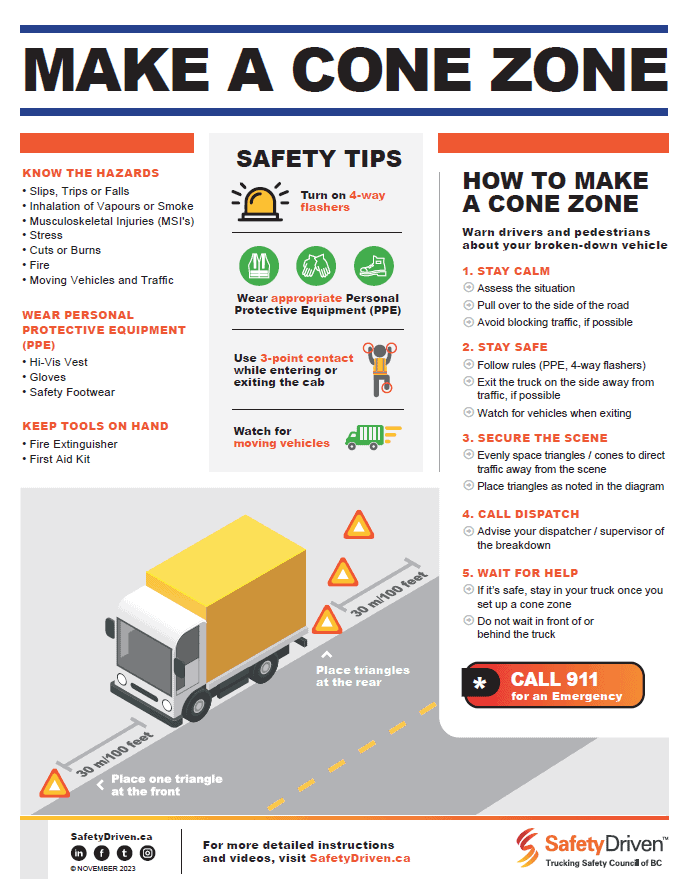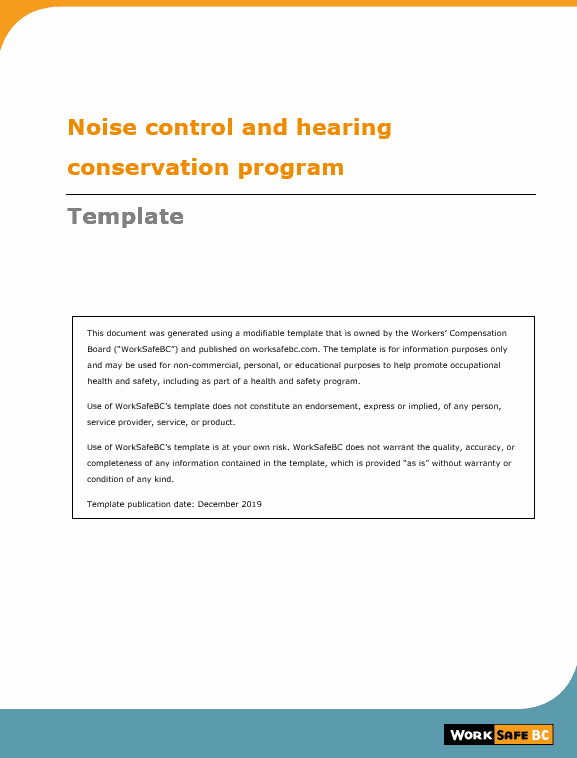
BELLEVILLE, Ont. — Jim Sagriff’s coworkers are keeping their distance these days. To be more precise, they’re maintaining a buffer of at least six feet.
It’s just one in a series of measures that his fleet has introduced in the fight against Covid-19.
“We are changing some hours so that we are not all here at the same time, to practice social distancing,” says Sagriff, an inbound/outbound coordinator at International Truckload Services in Belleville, Ont.
“As an essential worker in these days of Covid-19, I’m very aware that things can change in a hurry,” he adds. “I feel safe with my work environment and what procedures we are taking to get through day-to-day operations.”
There are several practices and procedures that can help dispatchers and other members of office-bound operations teams with that very thing:
Limit contact
In these days of social distancing, it’s important to limit face-to-face contact. Through its Covid-19 tip sheet, the Canadian Trucking Alliance (CTA) identifies strategies such as staggering breaks to help keep larger groups from gathering.In general, try to limit social interactions in the workplace. There will be time to gather and celebrate after the pandemic is brought under control.
Keep it clean
Every surface in the office will require regular cleaning – and that includes office supplies and equipment as diverse as clipboards, pens, phones, keyboards, a computer mouse, or desk surface.“Consider increasing routine cleaning practices,” the British Columbia Trucking Association (BCTA) recommends in its Covid-19 tip sheet. “If you are cleaning and disinfecting frequently-touched surfaces once a day, move to twice a day.”Public Health Ontario says commonly used cleaners and disinfectants are effective against the virus, but that cleaning crews should use disinfectants that have an eight-digit Drug Identification Number (DIN).Surfaces that are frequently contacted by hands should be cleaned and disinfected twice per day and when visibly dirty, it adds. Examples of these include doorknobs, elevator buttons, light switches, toilet handles, counters, hand rails, touch screen surfaces, and keypads.Product labels will identify how long a specific disinfectant needs to remain on the surface to kill germs.
Create safe spaces
Public health officials recommend at least two meters of space between people who find themselves next to each other during the fight against the pandemic. So it might be time to consider the layout of office furniture.“If applicable, consider the density of your business and provide additional space for customers and employees to interact, ensuring that people are able to put some distance – one to two meters – between one another,” BCTA adds.
Promote hand washing
Health Canada stresses the importance of proper hygiene, which involves frequently washing hands with soap and water for at least 20 seconds. (This is about the time it takes to sing two choruses of Happy Birthday to yourself.) If soap and water are not available, use an alcohol-based sanitizer.The BCTA recommends ensuring that washrooms remain stocked with soap, and to consider offering hand sanitizer at entrances as well.
Keep communicating
Workplace procedures and protocols are clearly evolving in the fight against Covid-19. But those changes also need to be clearly communicated to employees.“Whether by email or other virtual means, having regular meeting times to ensure everyone is kept abreast of the most recent changes, issues, and emerging information is important,” Trucking HR Canada says in its related Covid-19 resources.“Communicate any changes in safety measures and policies your organization is implementing. For those not in the workplace, ensure you have a means of communicating these changes and any new protocols.”
Don’t forget the cafeteria or shared kitchen
Desks and phones are not the only things being shared.The Canadian Centre for Occupational Health and Safety says it’s also a good idea to remind staff not to share cups, glasses, dishes or cutlery, and to ensure any dishware is washed in soap and water after use.
Track the traffic
Traffic patterns have clearly changed, which means trip plans will need to be revised.One positive thing that has emerged in recent weeks is the lighter traffic, Sagriff admits. “But that means everyone is doing their part and staying home.”
Remote Possibilities
How to establish a temporary
work-from-home policy
Not every dispatcher is working from a traditional fleet office. Some operations have established steps to perform these duties from home.
“Transportation has a stigma that, ‘You’re a dispatcher, you have to work in the office. You’re a planner, you have to work in the office.’ That’s not the case,” Challenger Motor Freight HR manager Randi Butcher said, during a panel discussion at Trucking HR Canada’s recent Women with Drive conference.
Trucking HR Canada has identified several considerations for fleets that are asking employees to temporarily work from home during the fight against Covid-19.
- Working hours – Outline whether the working hours will remain the same as usual, whether there will be some flexibility, or if reduced hours apply.
- Communications — Ensure employees keep connected with supervisors, coworkers and customers, regularly checking voicemail and email.
- Roles – Develop a clear policy on what jobs can be accomplished at home, and which ones require a presence in the office. Some positions are self-evident, but there may be other office-based positions that can only be done in a traditional workplace.
- Confidentiality – Protect the confidentiality of customer and employee information. Work files should reside on secure laptops and servers.
- Expenses – Clearly outline whether employees can expense any operating costs associated with a home office – such as insurance, utilities, high-speed internet, office supplies, or a laptop.
- Dedicated spaces – Dedicated workspaces within a home will help to ensure that jobs are performed without interruption.
- Health and safety – The focus on health and safety is important wherever work is performed. Provide employees with related guidelines for everything from Covid-19 measures to ergonomic practices.
Latest Resources
Make a Cone Zone
Dowload this poster for tips on how to make a safe cone zone.Noise Control and Hearing Conservation Program: Template
WorkSafeBCToo much exposure to workplace noise can cause permanent and irreversible damage to w ...

